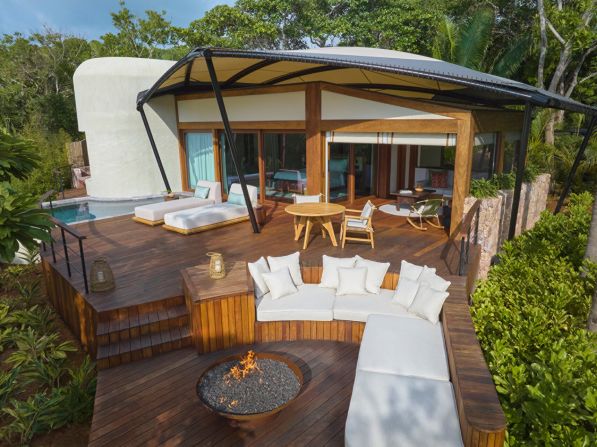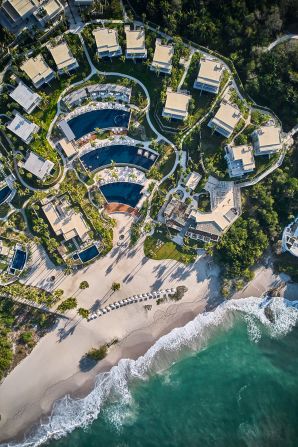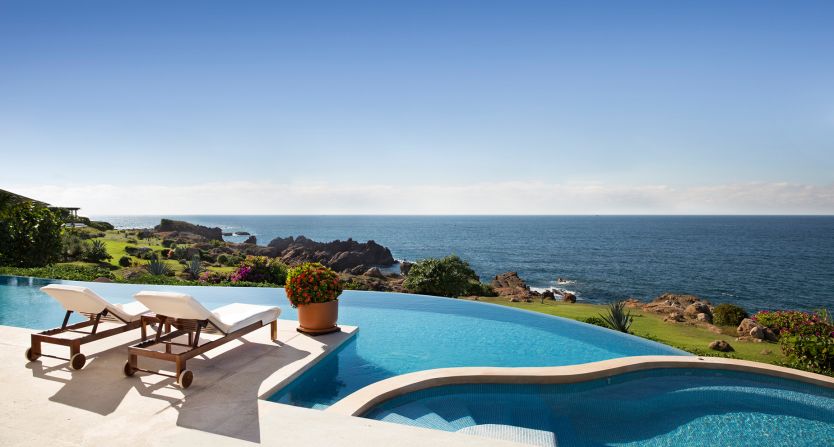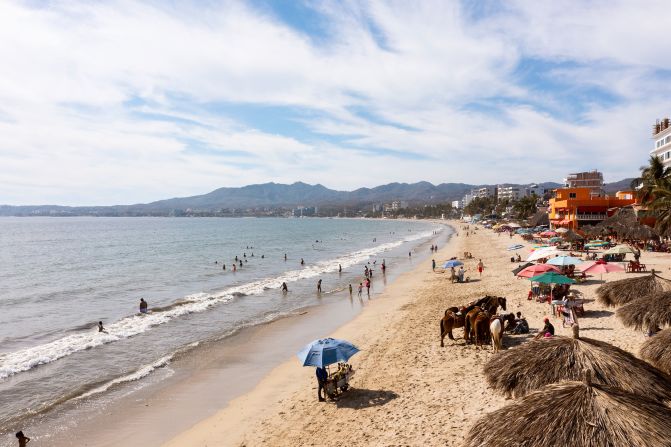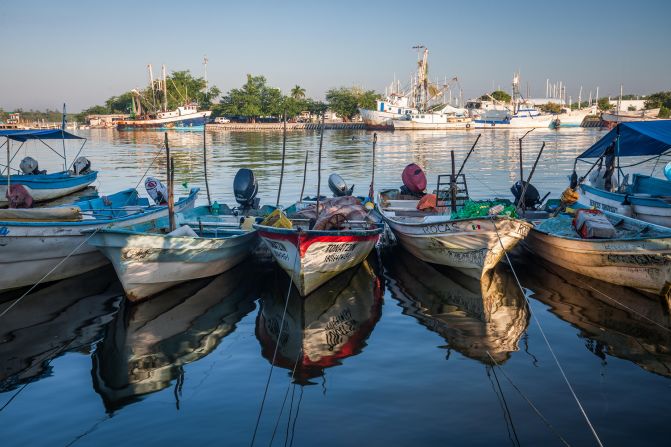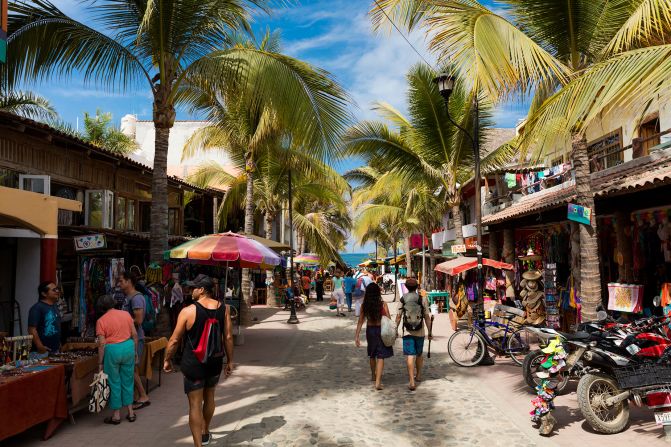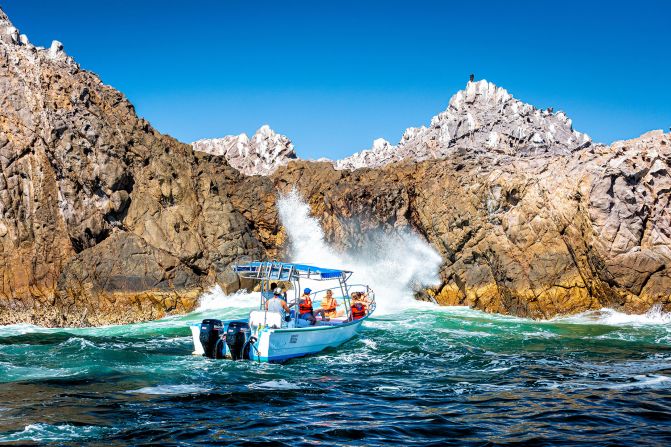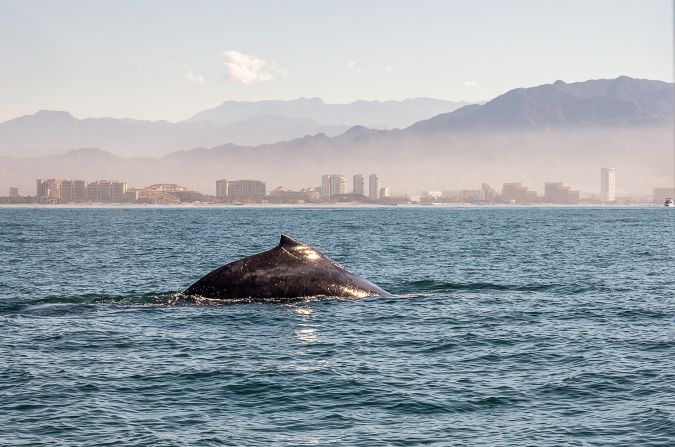For many years, an area on the Pacific coast of Mexico now known as the Riviera Nayarit was so overlooked that people were, as one local put it, “giving away land.” The rocky beaches, viewed as less desirable than the sandy ones an hour to the south in the tourist mecca of Puerto Vallarta, slowed development.
Fast forward a few decades and those rocky beaches are starting to have their moment. The Riviera Nayarit, 200 miles of Pacific coastline stretching from the historic port of San Blas to where the Rio Ameca meets Banderas Bay at Puerto Vallarta, is coming into its own with a blossoming luxury travel cluster that is pioneering a different model of development.
Riviera Nayarit resorts are also setting the standard for what’s to come along Mexico’s entire Pacific coast.
It’s not hard to see why Riviera Nayarit is attracting some of the biggest names in hospitality — from Auberge to One & Only to the Four Seasons. There are picture-postcard Mexican towns and fishing villages, the Sierra Madre mountains cascading into the ocean, miles of verdant jungles to hike through, and easy access from the United States’ West Coast, Texas and Mountain West.
Another selling point: the weather is less sticky and humid than the Caribbean side of Mexico, while the Nayarit coast enjoys balmier and calmer waters than the often-unswimmable cold and rough ocean in Cabo and across much of the Baja California Pacific coast.
Many of the new hotels — particularly at the high end, where rooms start in the four figures — are moving away from the all-inclusive, sprawling hotel model to one that encourages low-density tourism.
Low-density, high-end resorts
At the end of 2022, Auberge’s cozy Susurros del Corazón property opened in the Punta de Mita area. The location: a plot of land nestled between the jungle and the beach with only 59 rooms and suites and 30 villas within view of the Islas Marietas, a group of small uninhabited islands just off the coast. Susurros (as it’s referred to locally) has restaurants that feel like village cafes and a casual, friendly vibe difficult to achieve at a large-scale resort.
Nearby, Naviva, an adult-only property of free-standing, tented rooms by the Four Seasons, opened around the same time in late 2022 next to its sister property, Four Seasons Resort Punta Mita. Naviva, too, aims for seclusion and intimacy with a small footprint, just 15 keys clustered near scaled-down amenities in a natural setting that evokes both home hospitality and eco-tourism.
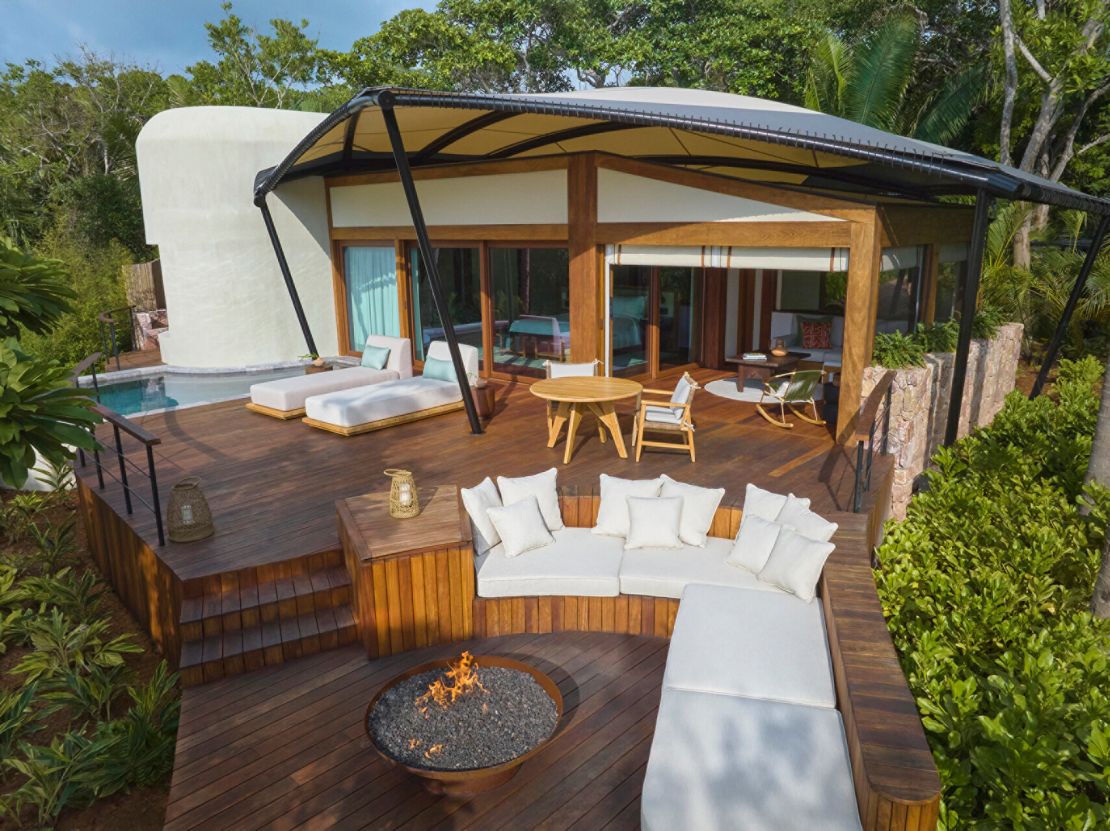
The One & Only Mandarina opened in 2021 about an hour to the north of Punta de Mita and is surrounded by the Sierra de Vallejo Mountains. The property has 105 free-standing villas and treehouses, spread throughout 80 acres landscaped with the help of a botany expert to preserve the local ecosystems. While slightly larger than the first two properties, Mandarina’s structures are set back from roads and each other and fully enveloped by jungle, creating a sense of tranquility and privacy.
These properties are only the vanguard: Over the next few years, a Ritz-Carlton, Rosewood, Montage and Belmond are all slated to open their doors to guests in the Riviera Nayarit.
“We have a lot of growth in Nayarit, but we want to take care of the community,” Nayarit’s Minister of Tourism, Juan Enrique Suarez del Real Tostado, said in August. “Building a structure of six or seven floors is not sustainable …We are growing, but with control, rules and with a lot of training for what needs to be done to sell the destination.”
What sustainable, restrained and alluring development looks like varies across the region.
To the south of Riviera Nayarit, the up-and-coming Costalegre shoreline is following an even more sparse and limited development model. This coast, which stretches from Puerto Vallarta in Jalisco to Manzanillo in Colima, is dotted with untouched beaches, some of which are becoming exclusive travel destinations. The Four Seasons Resort Tamarindo, which opened in November 2022, straddles Jalisco and Colima. In line with the region’s ethos, only 2% of the 3,000-acre nature preserve the resort sits on can be developed.
The common thread between what’s going on along the whole coast, from Nayarit down into Colima, is that they are trying to have less impact while giving more to the community.
Back in Riviera Nayarit, Naviva makes its own energy, with solar panels providing 80% of the property’s electricity, and also generates fresh water from the air using solar collectors.
Instead of going the global cuisine route, Susurros del Corazón’s main restaurants, Casamilpa and La Boquita, serve almost exclusively dishes drawn from the region’s Indigenous Huichol cuisine sourced from local fishermen and the on-property garden.
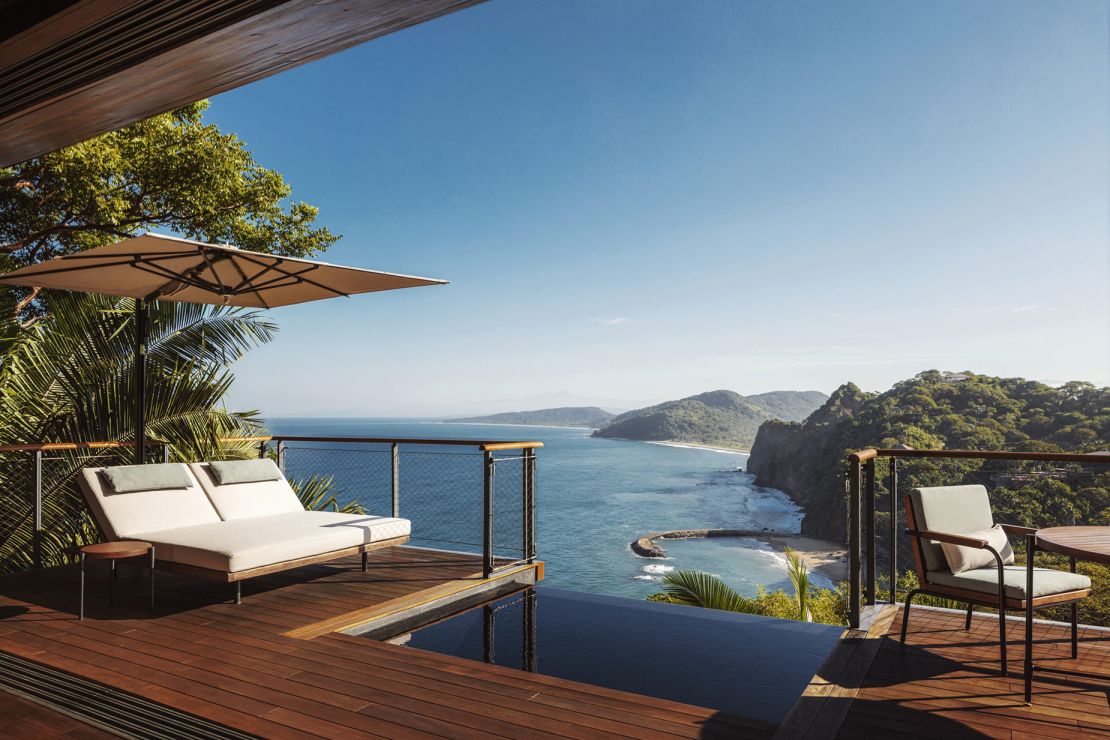
In addition to smaller footprints, with each forgoing a hotel lobby, both Susurros del Corazón and Naviva are pioneering a less formal model of luxury hospitality.
At Susurros, it’s not a butler who attends to guests but a cuate, loosely translated as a friend or buddy. At Naviva, guests are called by their first names. And while these hotels are premium luxury properties (rooms at Naviva, which is all-inclusive, start at $4,000 a night), they aren’t watering down the culture. This isn’t mariachi Mexico; what they are offering to guests goes far beyond margaritas and guacamole and chips (although there is certainly plenty of that, too).
This new group of hotels wants to push the envelope in terms of what a five-star property in Mexico looks and feels like, in both big and subtle ways. For instance, at Susurros the default language to begin most interactions is Spanish. The culinary and beverage offerings encourage guests to expand their palates, for example, by going beyond tequila with a three-day immersive “Roots of Raicilla” ceremony (raicilla is a lesser-known agave-derived Mexican spirit) guided by the female founders of the brand La Reina.
The booming Bali of Mexico — but without as many visitors
In some ways, The Riviera Nayarit has a similar topography to Bali, with its verdant landscapes backdropped against the ocean. And, as it turns out, while sandy beaches are what drew people to Puerto Vallarta 40 years ago, rocky beaches are good for making consistent waves and, hence, surfing.
“When multiple hotels open, that’s when we see an area transition into a destination unto its own, rather than a place to stay for a couple of nights,” notes Karyn McCarthy, vice president for member and partner development at Virtuoso, a luxury travel consortium. McCarthy says bookings in Punta Mita, a gated development that houses the Four Seasons and the St. Regis, have increased by 30% in recent years.
“Really, that entire coastline is booming from an area farther north called Costa Conuva, which has luxury resorts opening in ’24-25,” McCarthy added. “To the south, there’s growing interest in Costalegre, where the Four Seasons Resort Tamarindo spearheaded that development and now Six Senses Xala will be opening in the next two years.”
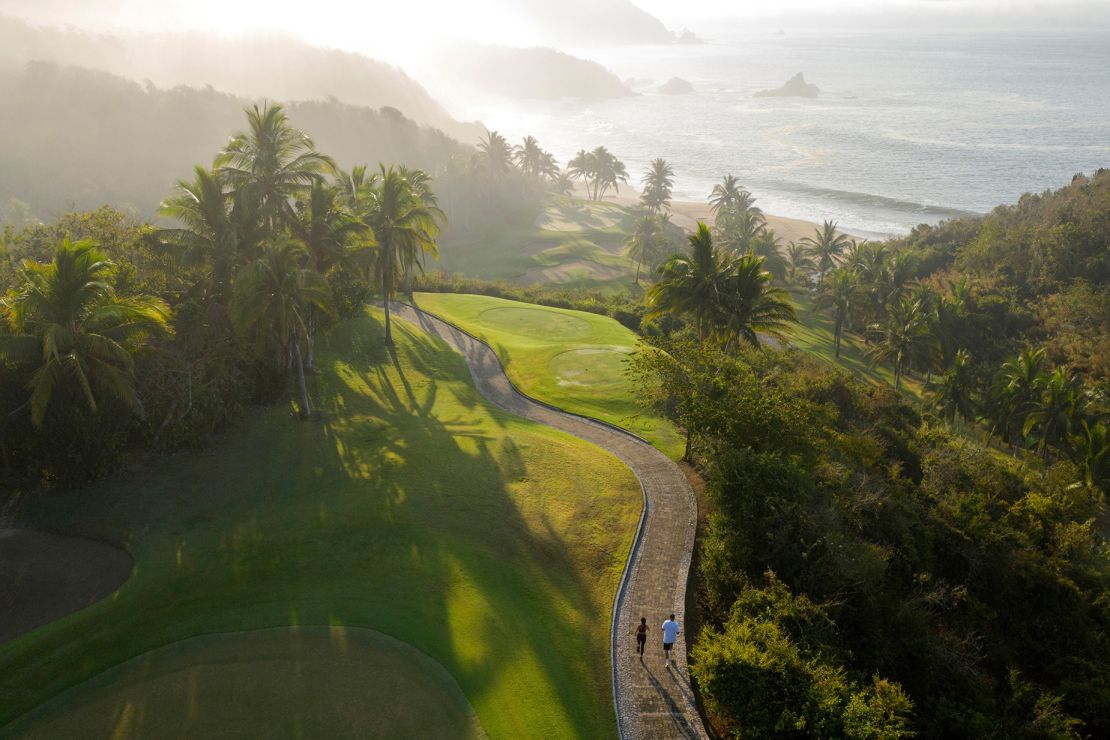
Xala, which is 90 minutes south from Puerto Vallarta on the Costalegre, is a 3,000-acre complex where the Six Senses luxury hotel is slated to open in 2026. It will also include restored farmlands, protected areas for sea turtles to nest and a community center for local children.
What is clear is that Riviera Nayarit and the Costalegre region to the south are not trying to be the next Cancun, Tulum or even their Pacific coast neighbor Los Cabos.
“The region is very different from Los Cabos, effectively composed of small fishing villages, each with its own distinct personality. The towns range from vibey surfer chic to opulent luxury developments with nooks and crannies of secluded beaches, eco-conscious retreats, and to gritty local fishing villages still very much retaining their authentic charm,” said Zachary Rabinor, founder and CEO of Journey Mexico, a Puerto Vallarta-based travel advisory.
“The beach towns of Bucerias, San Pancho and San Blas,” Rabinor said of several Nayarit hamlets, “remain genuine treasures, maintaining their laid-back charm reminiscent of Mexico’s yesteryears,” he said.
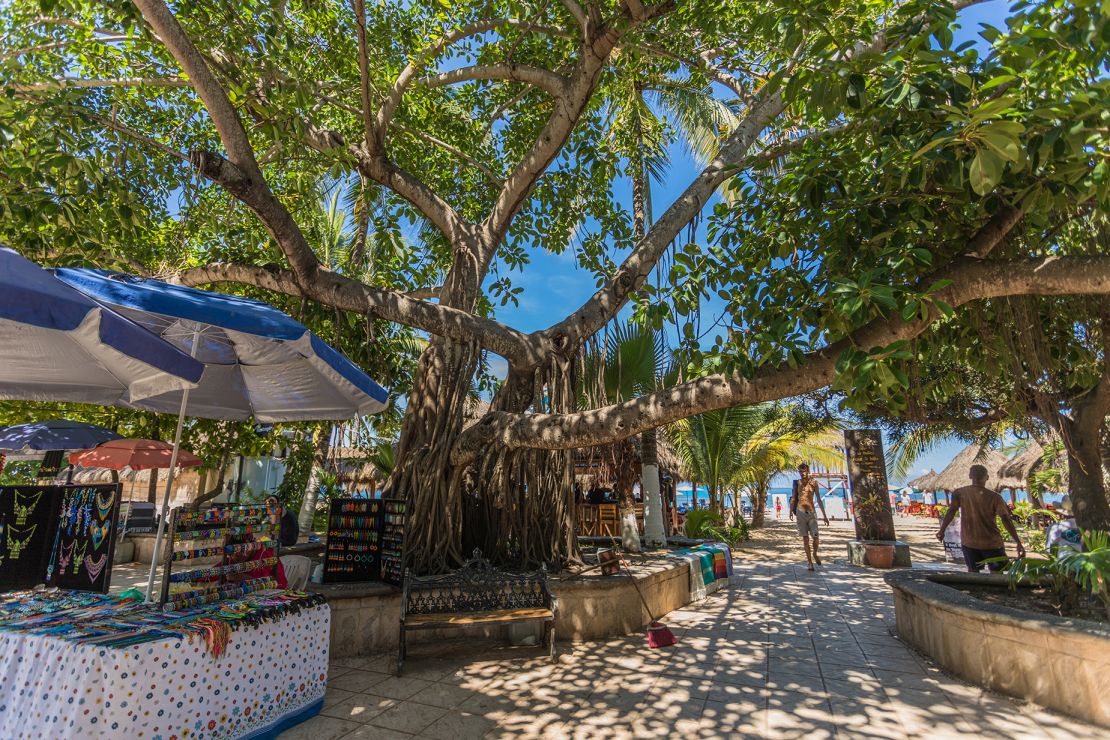
Nature’s showcase
Much of Nayarit’s appeal lies in its nature. Hiking paths abound near Punta de Mita, including along wild rocky beaches and to Cerro del Mono (Monkey Mountain), a local scenic overlook. The Four Seasons Punta Mita, Naviva and St. Regis boast on-property trails that capture the extraordinary flora and fauna just steps from the lodging.
The jungle is lush and largely intact for long stretches — watch out for roaming coatis, a distant cousin of the raccoon with the bushy tail of a bobcat — and the coast has thus far avoided overdevelopment. The beach and coastal hilltop vistas at Mandarina are jawdropping.
Perhaps the most remarkable animals are off the coast. Much of the new development in Riviera Nayarit sits on the Bay of Banderas, one of the largest tropical bays in the world. The bay, with its tropical current coursing from Costa Rica, is where whales migrate to give birth. In winter, the humpback whales and dolphins are so plentiful that they can typically be seen daily from the shore. Whale-watching is a must.
And the Islas Marietas marine preserve, which has strictly controlled and limited daily visitation, has world-class snorkeling and diving. Even without getting in the water, the islands are worth a visit on a boating day trip for the remarkable rock formations, grottoes and colonies of seabirds such as frigatebirds and blue- and brown-footed boobies.
Rivieria Nayarit is unique in that it has upscale hotels, arguably among the best in Mexico, but still feels like a real place — at least for now.
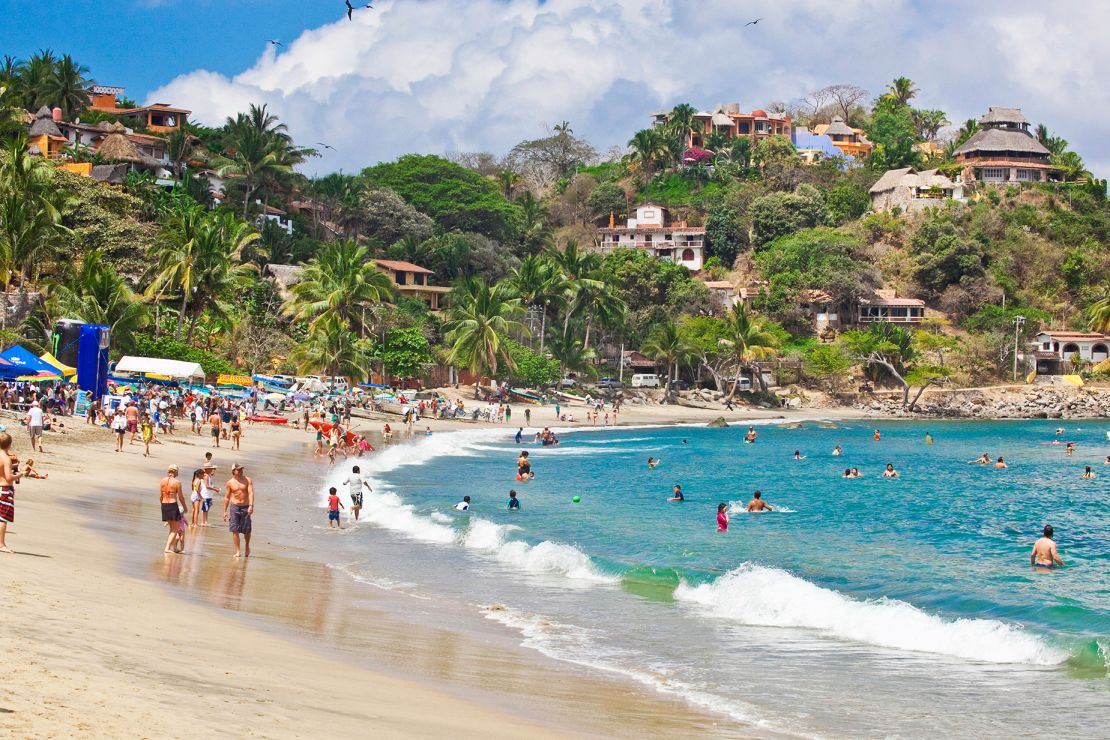
That’s, in part, because of towns like Sayulita, the unofficial surfing capital of Riviera Nayarit and a small bohemian enclave of 5,000 with cobblestone streets. Sayulita has become an increasing popular destination, partly because it’s a “pueblo magico,” a government designation meaning “magic town” that is awarded to destinations for “their astonishing beauty, rich history, or extraordinary legends.”
Next year Belmond will open Milaroca, comprised of 57 “guest pavilions” on a 105-acre plot of land with a two-kilometer beach between Sayulita and San Pancho.
An upgraded airport, Riviera Nayarit Airport in Tepic, is expected to receive its first international flight sometime this year. For now, visitors can fly into Puerto Vallarta. A new airport in Chalacatepec, located midway between Careyes and Punta Perula, is underway as the gateway to Costalegre. (Currently, Manzanillo is the regional hub for the Costalegre area.)
Nayarit is “actively addressing the potential negative impact of unsustainable expansion on its smaller villages, some of which are home to Huichol Indigenous communities,” says Rabinor of Journey Mexico. “This strategic approach seeks to balance tourism growth with the protection and preservation of cultural heritage and the well-being of local communities,“ he said.
A tricky tightrope walk that the region hopes to pull off.
